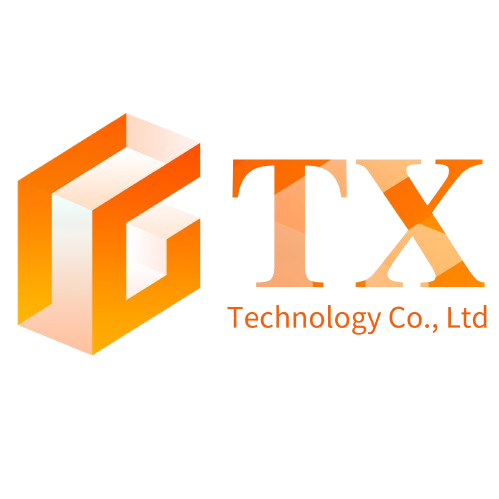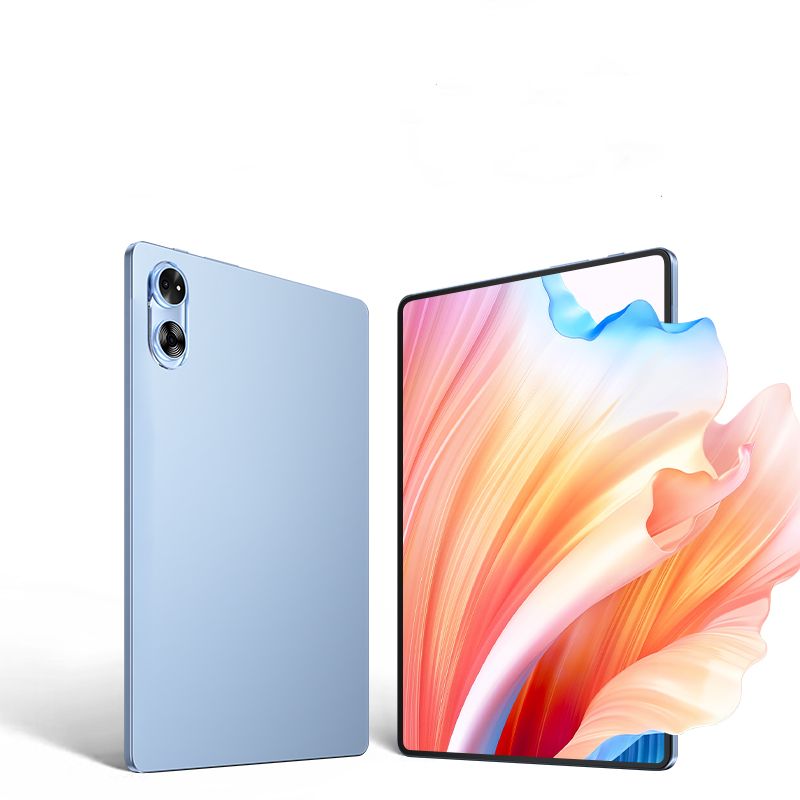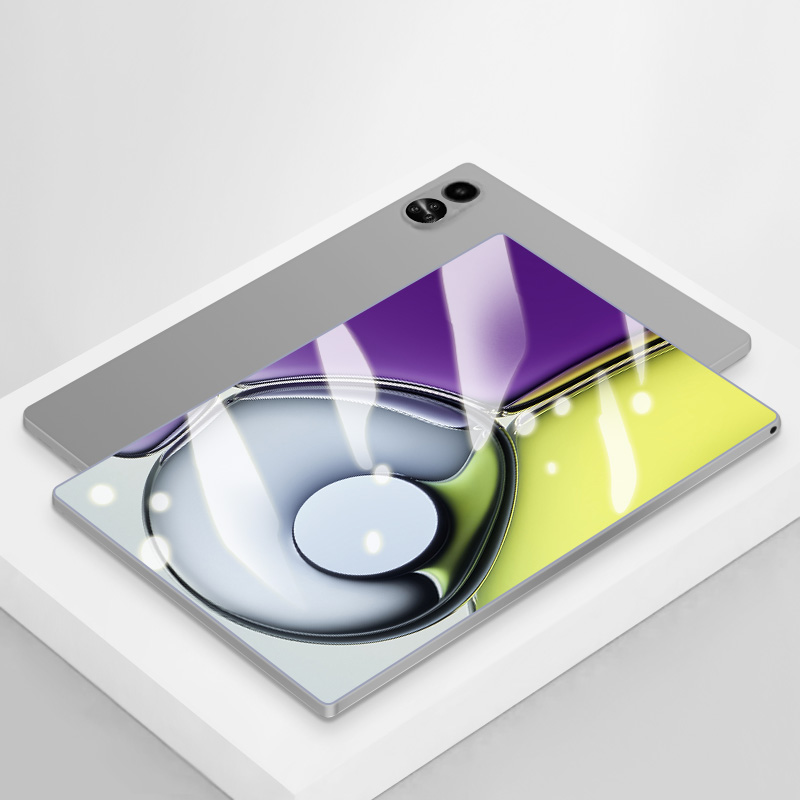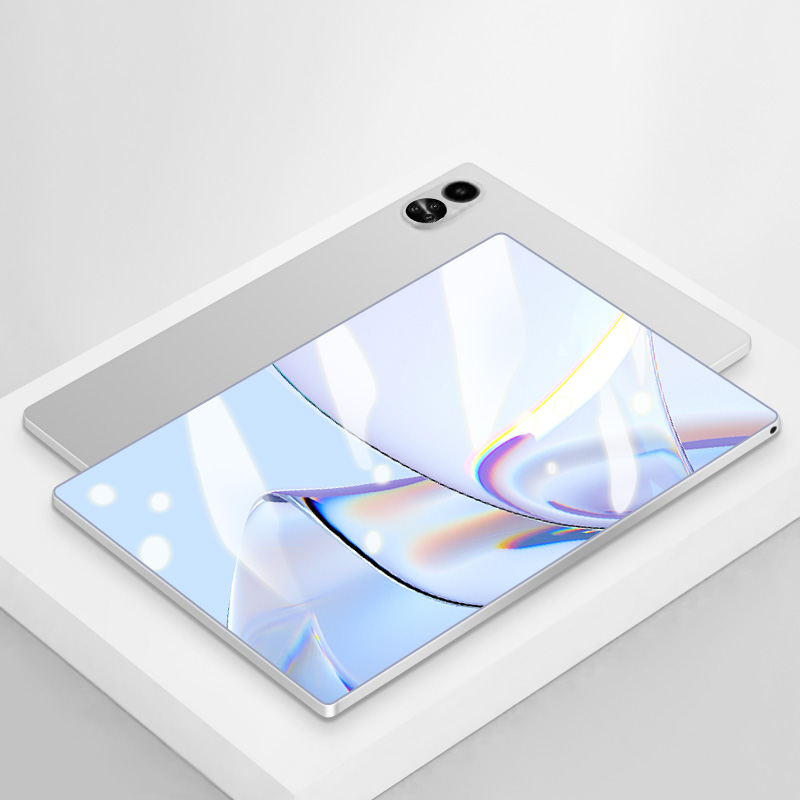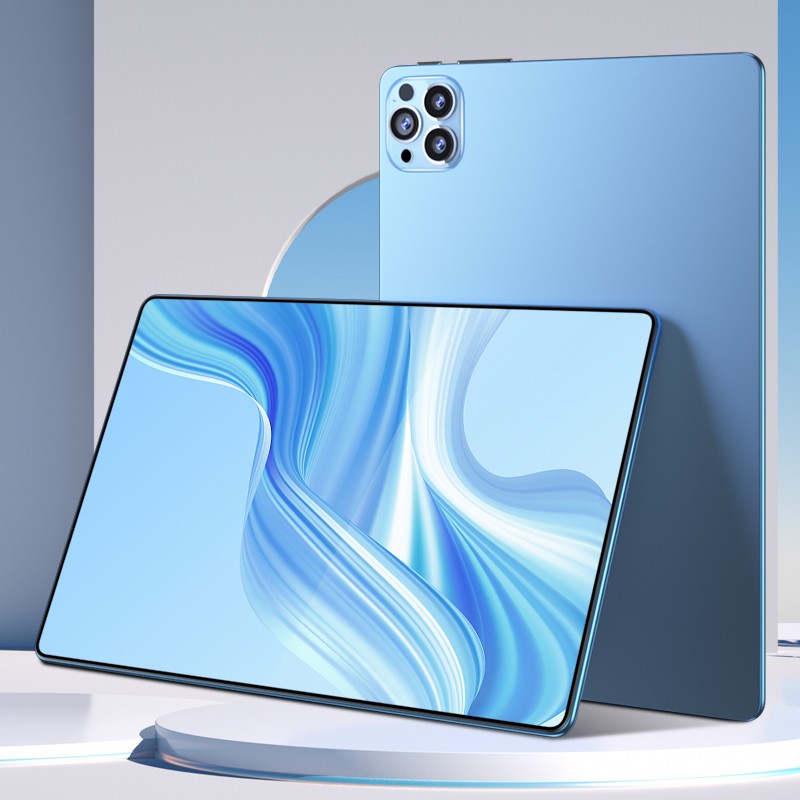Tablet Display Technology: Differences and Applications Between OLED and LCD Panels
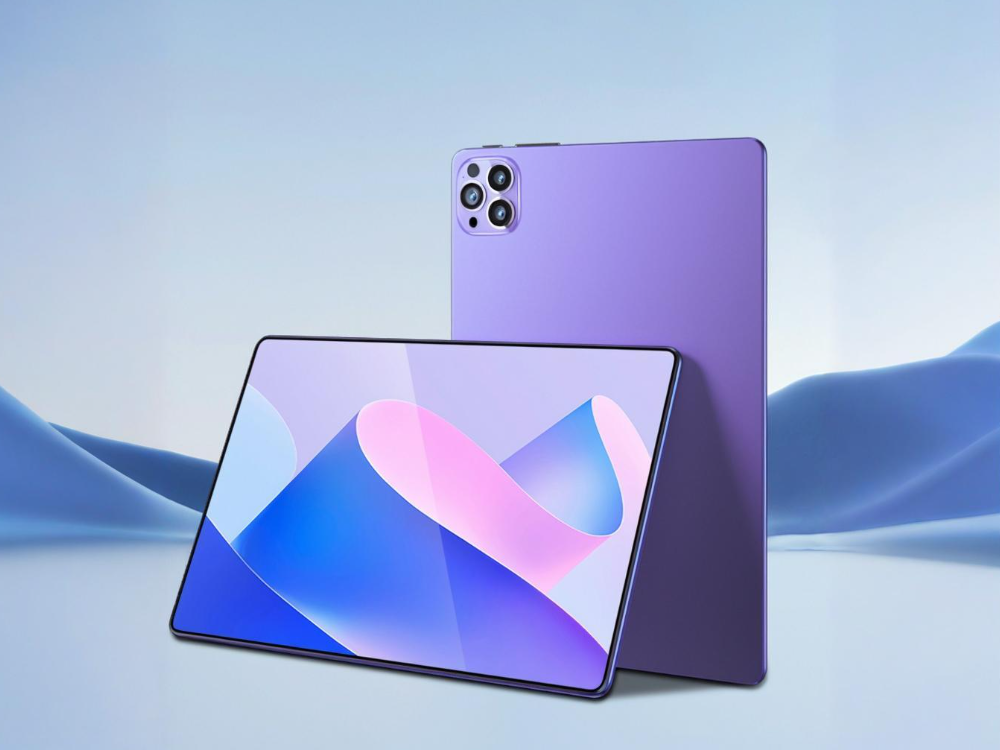
Tablet display technology plays a crucial role in determining the quality of the device. When choosing a tablet, the display quality is often one of the most critical factors for users. Two prominent display technologies that have significantly impacted the tablet industry are OLED (Organic Light Emitting Diode) and LCD (Liquid Crystal Display). Both technologies offer distinct advantages, but understanding their differences can help users make an informed choice about which tablet suits their needs best.
In this article, we will explore the differences between OLED and LCD panels, focusing on their applications in tablets. We will also discuss how these display technologies influence the overall display effects, energy consumption, and user experience.
Understanding OLED and LCD Technologies
Before diving into their differences, it’s important to have a basic understanding of how both OLED and LCD panels work:
OLED Technology: OLED panels use organic compounds that emit light when an electric current passes through them. Each pixel in an OLED display is self-illuminating, which means it can turn on or off individually, allowing for true black levels and more vibrant colors.
LCD Technology: LCD panels, on the other hand, use liquid crystals that align in response to electric currents. These crystals do not emit light themselves, so an external backlight is used to illuminate the pixels. The liquid crystals filter this light to produce images on the screen.
1. Display Quality: Brightness, Color Accuracy, and Contrast
When it comes to display effects, OLED panels typically provide superior visual quality compared to LCD. Here’s why:
Vibrant Colors and Contrast: Since each pixel in an OLED tablet display emits its own light, it can achieve perfect blacks by completely turning off pixels in dark areas. This results in a higher contrast ratio and more vivid colors. In comparison, LCDs rely on a backlight, which makes it difficult to achieve true black, leading to lower contrast and slightly muted colors.
Brightness Levels: LCD screens generally have a higher maximum brightness than OLED panels, making them better suited for outdoor use in bright conditions. However, OLED displays maintain excellent brightness levels without the loss of contrast, even in direct sunlight.
Viewing Angles: OLED displays offer better viewing angles than LCDs. With OLED technology, the colors and brightness remain consistent even when viewed from an angle, while LCDs may experience color shifts or a dimming effect when viewed off-center.
2. Energy Efficiency and Battery Life
Energy consumption is another critical factor in choosing the right display technology for tablets. The energy efficiency of tablet display technology can greatly affect battery life.
OLED Displays: OLED panels are more energy-efficient when displaying dark content. Since each pixel emits its own light, displaying darker scenes requires less power. However, when showing bright content (like web pages or video), OLEDs consume more energy because all pixels need to light up.
LCD Displays: LCD panels, due to their backlight, consume a consistent amount of energy, regardless of whether the screen is displaying light or dark content. As a result, LCD tablets may offer slightly better battery life during prolonged use with average content.
In general, OLED tablets may provide more power efficiency during use in dark environments or when watching media with dark scenes, but they may consume more power in bright scenes. LCD tablets, being less reliant on individual pixel lighting, maintain a steady energy consumption rate.
3. Durability and Lifespan
The durability of tablet displays is another factor to consider when choosing between OLED and LCD technologies.
OLED Panels: OLED displays are more susceptible to screen burn-in, especially when static images are displayed for long periods. Over time, this can lead to permanent discoloration of the screen. However, with advancements in technology, modern OLED displays have incorporated measures to reduce burn-in risks.
LCD Panels: LCDs are generally more durable and do not suffer from burn-in issues. Their backlighting is more consistent, and they are less prone to damage from prolonged use of static images. However, LCD tablets may show signs of screen degradation (such as brightness reduction) over long periods of use, but they do not suffer from permanent image retention like OLEDs.
4. Price and Availability
When it comes to cost, OLED tablets tend to be more expensive than their LCD counterparts. This is due to the more complex manufacturing process and the higher quality of the display.
LCD Tablets: LCD technology is more common and less expensive to produce, making LCD tablets a more budget-friendly option for users who don’t require the highest display quality.
OLED Tablets: OLED tablets, being more premium, tend to be more expensive. They are often found in high-end models, where the display is a key selling point. However, the price difference is decreasing as OLED technology becomes more widespread and affordable.
Choosing the Right Display Technology for Your Tablet
When deciding between an OLED or LCD tablet display, consider the following:
OLED is ideal if you prioritize superior color accuracy, deep blacks, and an immersive viewing experience for media consumption (such as watching movies or playing games).
LCD is a great option if you’re looking for a cost-effective tablet with good outdoor visibility and consistent performance.
At Tuoxiang, we offer a wide range of tablets equipped with advanced tablet display technology to meet diverse user needs. Whether you're looking for vibrant OLED displays for media-rich content or reliable LCD displays for everyday use, we provide high-quality options tailored to your preferences.
Conclusion
Both OLED and LCD technologies have their advantages and applications in the world of tablet display technology. OLED panels offer stunning visuals with vibrant colors and perfect blacks, making them ideal for high-end media experiences. LCD panels, however, offer consistent performance and better energy efficiency in bright environments, making them a reliable choice for more budget-conscious users.
At Tuoxiang, we are committed to providing our customers with the best tablets featuring cutting-edge display technologies, offering both OLED and LCD options to suit your needs. Whether you prioritize display quality, battery life, or durability, we have a tablet solution for you.
